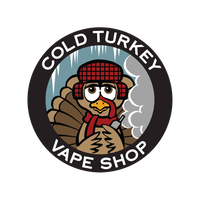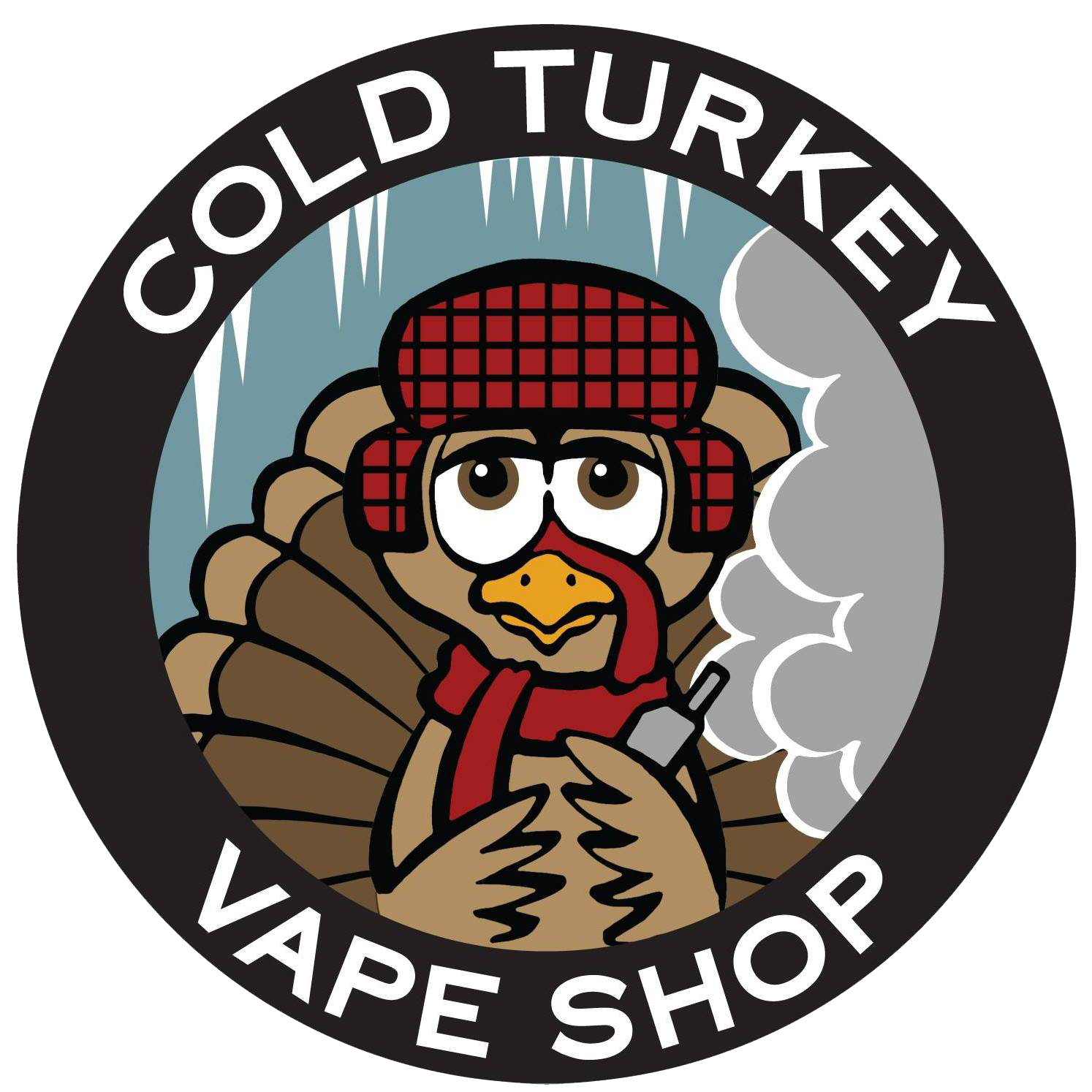
Nicotine salts (nic salts for short) have taken the vaping world by storm. They were popularized by JUUL in 2015 and quickly became among the most popular types of e-liquids on the market.
In this article, we’re going to cover everything you need to know about nic salts—their rise in popularity, the difference between them and traditional freebase nicotine liquids, and legislation that may affect the use of nicotine salts in the future.
What Are Nicotine Salts?
Nicotine salts are a compound formed when nicotine bonds with an acid. That might sound unnatural, but nicotine salts are actually found naturally in tobacco leaves—it’s the form of nicotine people were consuming for centuries until freebase nicotine was created.
Freebase nicotine occurs when nicotine that’s been extracted from tobacco leaves has been treated with a base. This makes nicotine much more bioavailable, meaning it’s easier for your body to process.
The downside to freebase nicotine is its high pH levels, leading to a harsher throat hit. A lot of cigarette smokers—and ex-smokers who have moved to vaping for health reasons—prefer this harsh throat hit.
Not everyone is looking for a harsh throat hit, though—and at high concentrations, freebase nicotine is intolerable to even those who prefer harsh throat hits. Typically, freebase nicotine juices cap out at 12-18 mg/ml—any more, and the hits would become unreasonably harsh.
Modern nicotine salts solve this problem; they’re freebase nicotine merged with acids like benzoic acid to bring them back into their salt form, reducing their high pH level. The acids used in modern nicotine salts also make them more bioavailable.
The end result? Nic salt e-juices are available in up to 50 mg/ml—a concentration that helps some heavy smokers transition more easily to vaping. However, the nicotine is capped at 20 mg/ml in Canada.
Why Are Nic Salts So Popular?
The popularity of nic salts can be attributed to two factors: Their higher nicotine concentration and the rise of pod mods and disposable vapes.
The first is easy to understand—higher nicotine concentrations can help curb nicotine cravings for people who are moving from smoking traditional cigarettes to vaping electronic cigarettes. Some people prefer higher levels of nicotine—simple!
The second is that nicotine salt formulations were used in basically all of the e-juices compatible with JUUL. Here in Canada, we have a lot of products—including e-juices and vapes—that we like quite a bit better than JUUL. Nonetheless, it was the most popular for quite some time, and many of the most popular vapes today have, in essence, duplicated its product with minor improvements.
Legislation Surrounding Nicotine Salt
In Canada, e-liquids with a concentration of more than 20 mg/ml are banned. This means that nic salts cannot be used to their maximum potential and that there’s little difference in concentration between an e-liquid with nic salts and an e-liquid with freebase nicotine.
More legislation, including legislation governing e-liquid flavours, may be forthcoming—such a ban is already being implemented in Quebec.
Conclusion
Now you know everything you need to know about nicotine salts! There are still advantages to buying them if you’re looking for a less powerful throat hit.
Interested in buying nic salt e-juice? Visit our Winnipeg vape shop—online or at one of our several locations throughout the city!




